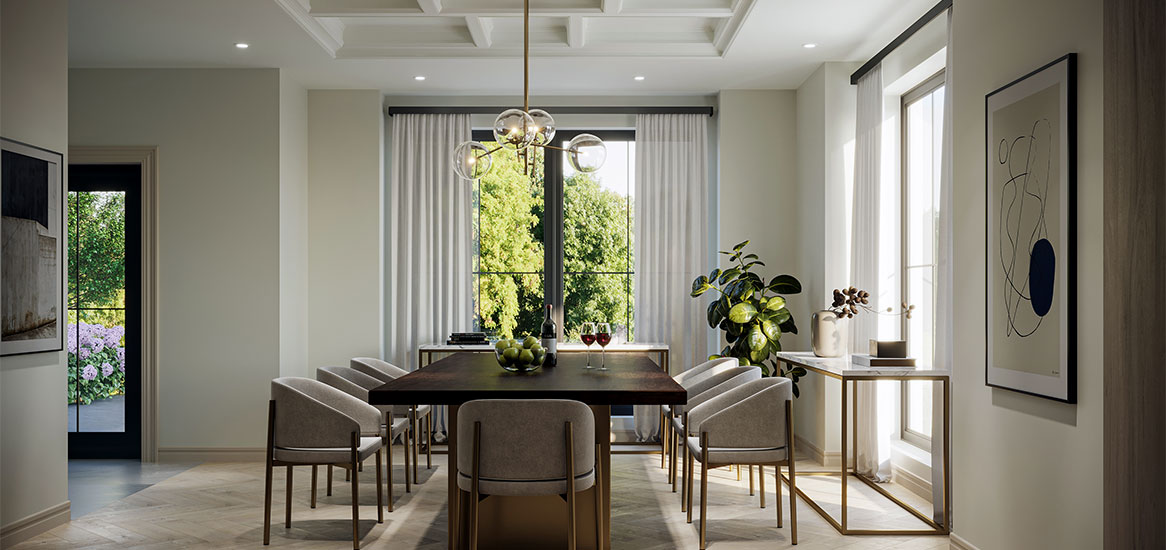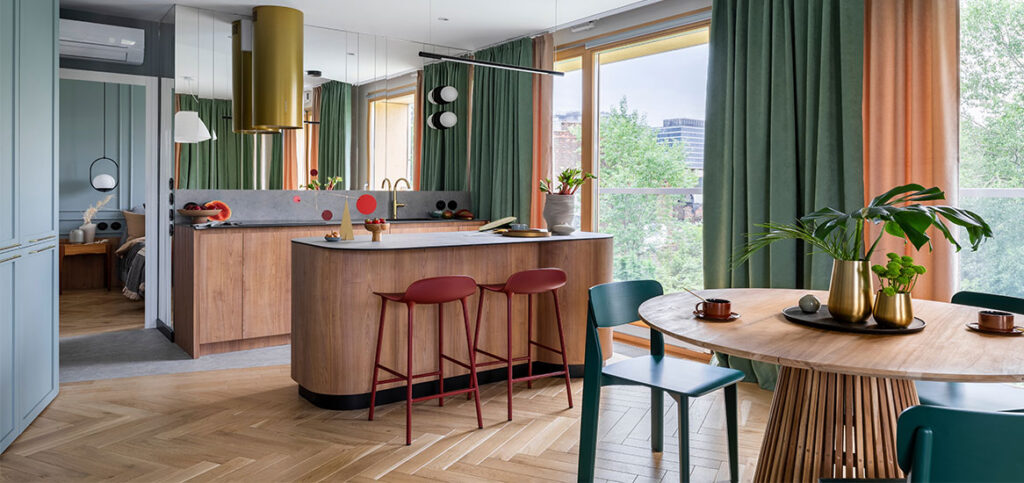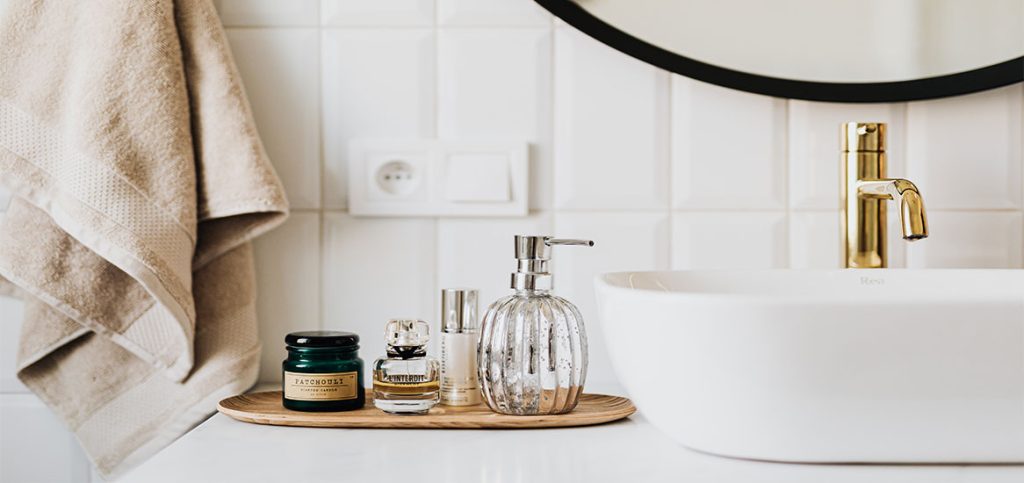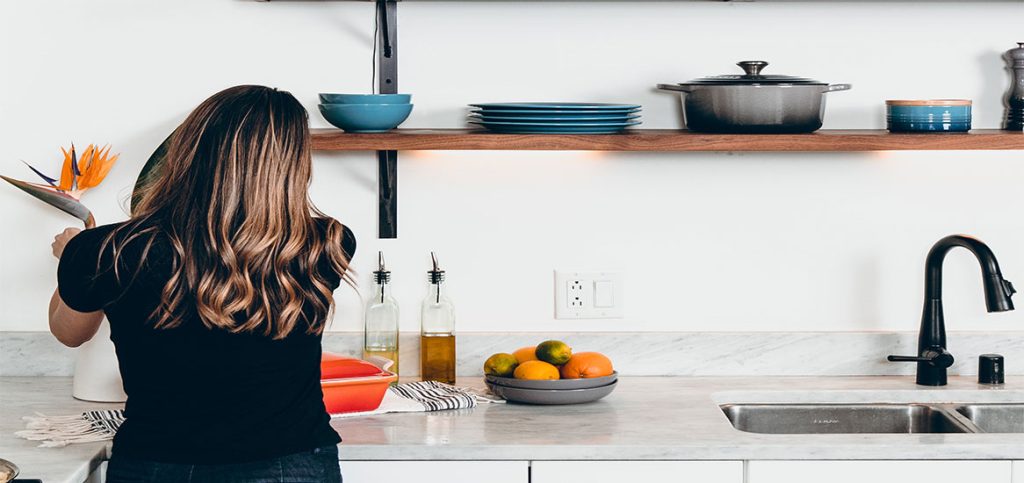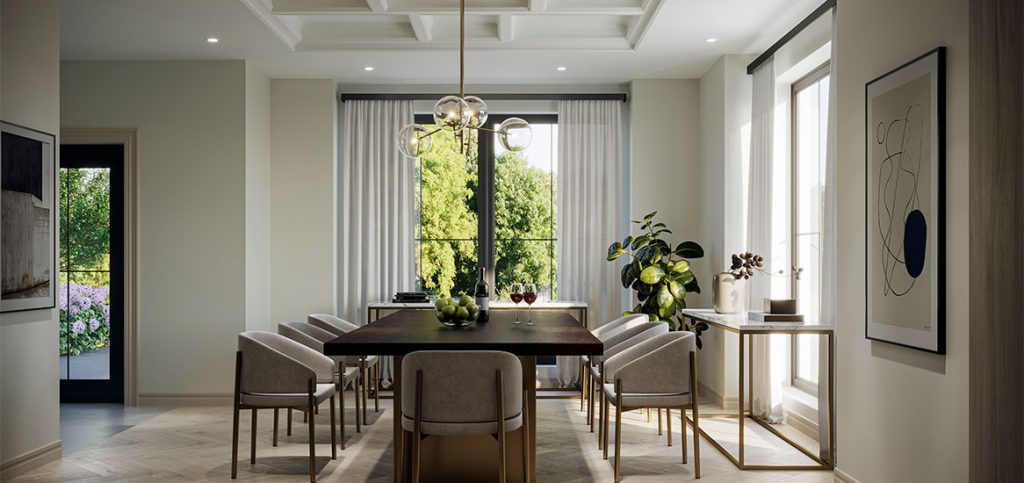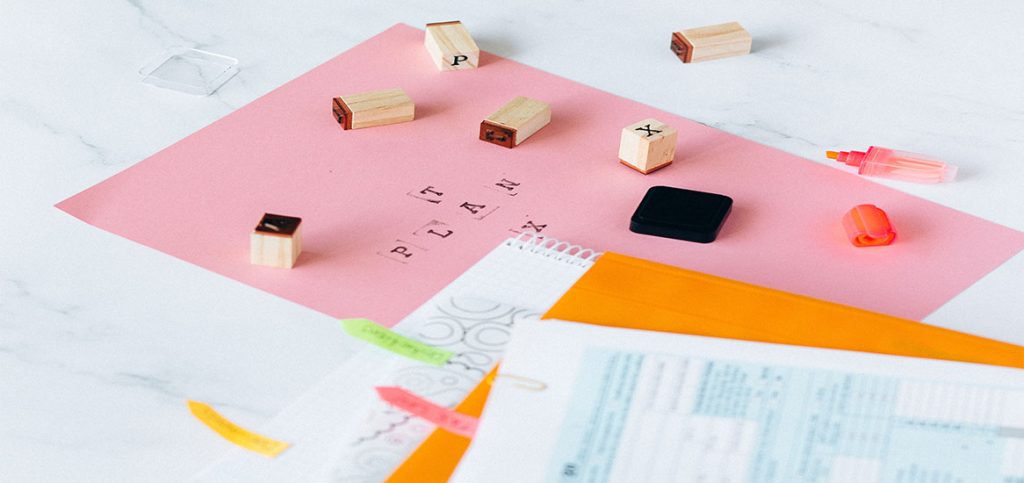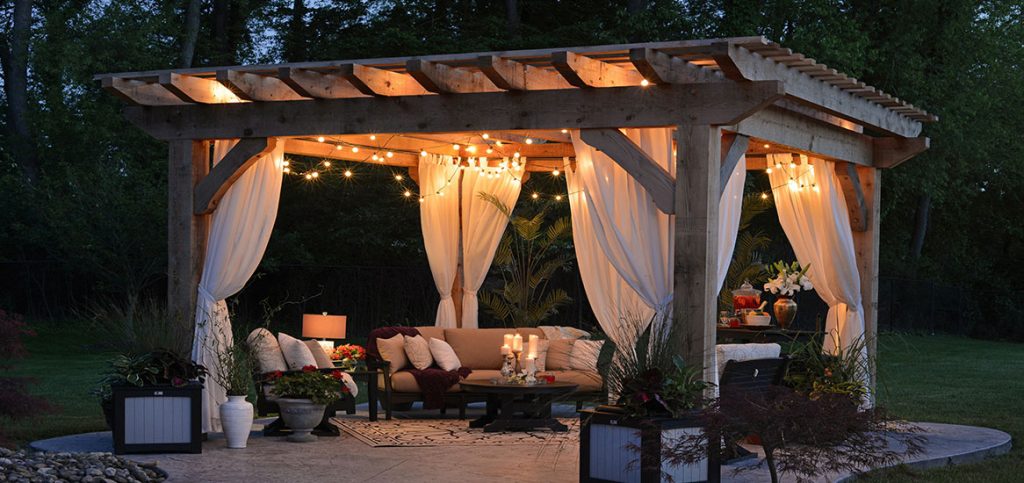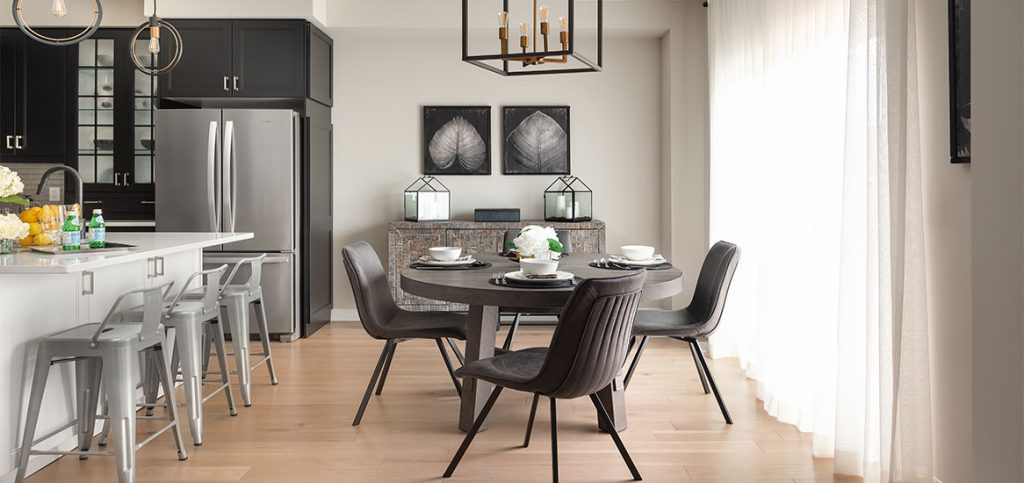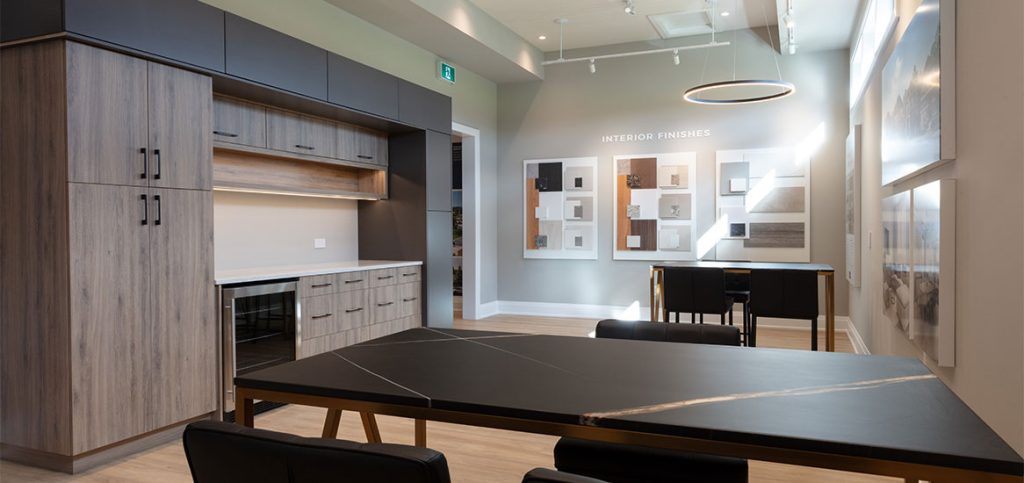Whether you’re an interior designer or a new homeowner with a penchant for scrolling through beautiful Pinterest boards, taking the time to plan each room in a home will help ensure that your space is as purposeful and functional as possible. Read on for tips, tricks and ideas to space plan like a pro.
What is Space Planning, and Why is it Important?
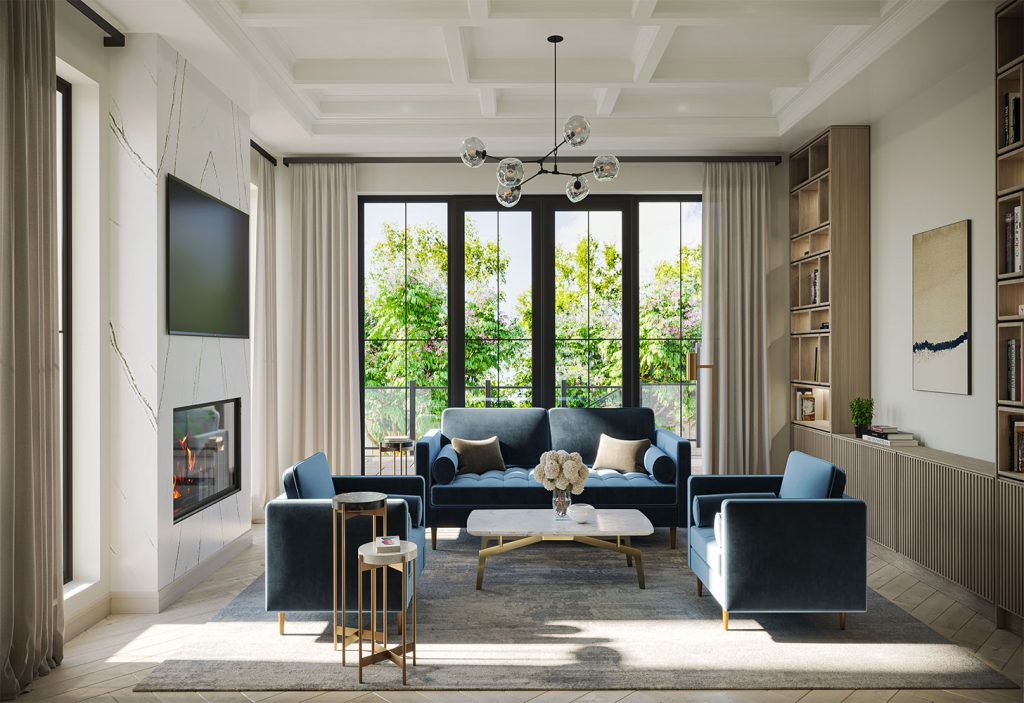
Space planning takes into consideration the layout, needs, and the design of each room. Without effective space planning, rooms — or even entire homes — can lack a cohesive sense of form and function.
What are Key Considerations when Space Planning?
Intended Room Use
This aspect of space planning takes into account how the room will be used, how to best accommodate those needs, and how those needs will impact the layout and design. For example, a living room’s primary intended use is as a space to lounge; this will impact sofa and television placement, storage requirements, and lighting options.
Foot Traffic & Circulation Patterns
Understanding the flow of traffic in a room will affect furniture placement and sizing, and circulation patterns will be influenced by the location of walls, doors and windows. It’s important to measure to ensure there’s an adequate amount of space between furniture. In a living room for example, you will want to ensure that your coffee table is approximately 16″ away from your sofa to allow for flow of traffic while still having items on the table conveniently within reach.
Multifunctional Requirements
Each room in the home will serve one primary purpose, but there could be several other requirements you need to consider to make it functional for your family. For example, your living room will primarily serve as a place to relax and unwind, however, it may also double up as a children’s play zone.
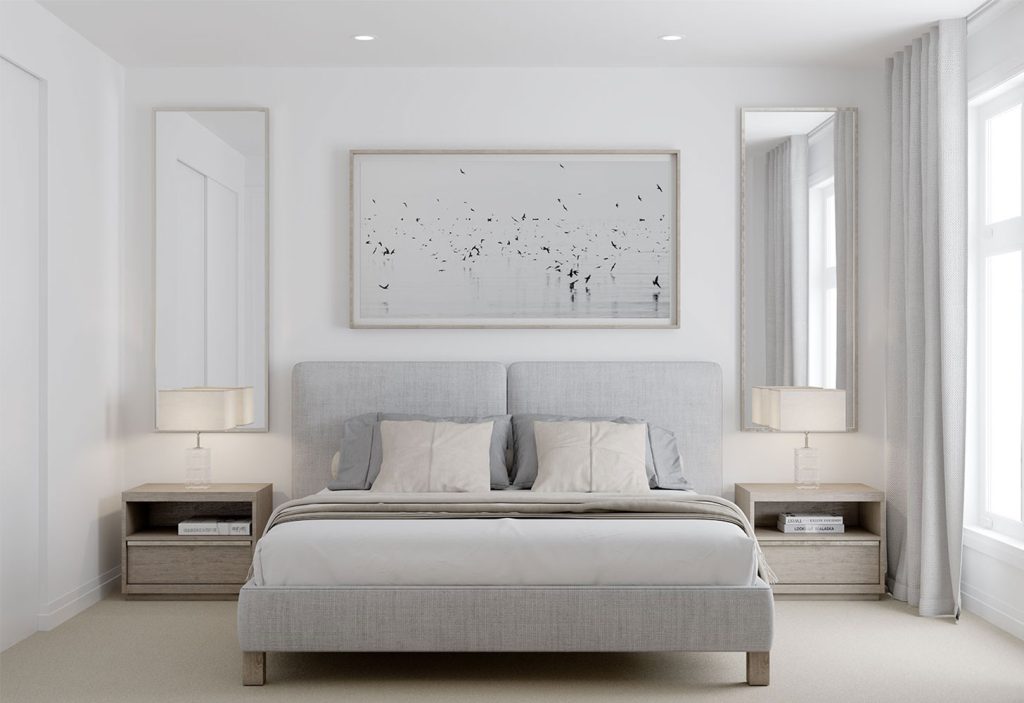
What is the Best Process for Space Planning?
The most effective way to space plan is to start with general principles and work toward more specific decisions. A general first step is to roughly plan out the room, considering what needs your space needs to meet. You’ll want to consider social areas (such as a lounging zone or dining area), storage areas, or anything else you may require.
Next, move from the conceptual to the real by making a floor plan and deciding on the best layout for your space, as it will affect the interior design and furniture you purchase. If you’re already moved into your new home, one of the best tricks to help you visualize the size of furniture in your space is to use painter’s tape and lay it on the floor. This will help you get a sense of how the size of your furniture will look and feel in your space.
Once these high-level decisions have been made, you can move toward more specific design decisions, such as any additional lighting or decor.
8 Tips for Space Planning
- The design should be human. It needs to include more than just interesting decorations; the design should fulfill the needs of the room and help to promote a functional home.
- Make sure that the space is balanced. Don’t fill or overcrowd each room because you feel you have to.
- Consider design decisions that may not be intuitive. This includes layers of lighting (and brightness elements, such as installing a dimmer), as well as material selection (such as what material might work best for a rug placed in a high-traffic area of your home).
- Think about how you can design around existing elements in a room. Most rooms have a natural focal point that you can plan around, such as a fireplace in the living room. If no natural focal point exists, see if you can create a new focal point.
- Create defined sections in larger spaces. Even if your defined spaces aren’t separated by physical walls, the layout, decoration and other thoughtful design additions can make the room’s intended use clear.
- Consider more than one room at a time. The relationship between multiple rooms is important, especially if you have a more open-concept floor plan.
- Layer lighting. Layered lighting is a great way to change the ambience of a room, and give it multiple purposes. For overhead lighting, dimmers are a great way to influence the amount of light.
- Purchase proportionate furniture. Spending the time to properly research furniture pieces that will perfectly suit your space will elevate your rooms from good to great. Oversized or bulky furniture, or pieces that are too narrow or short, can ruin the functionality and flow of a space.
Measurements for Common Elements in Your Home
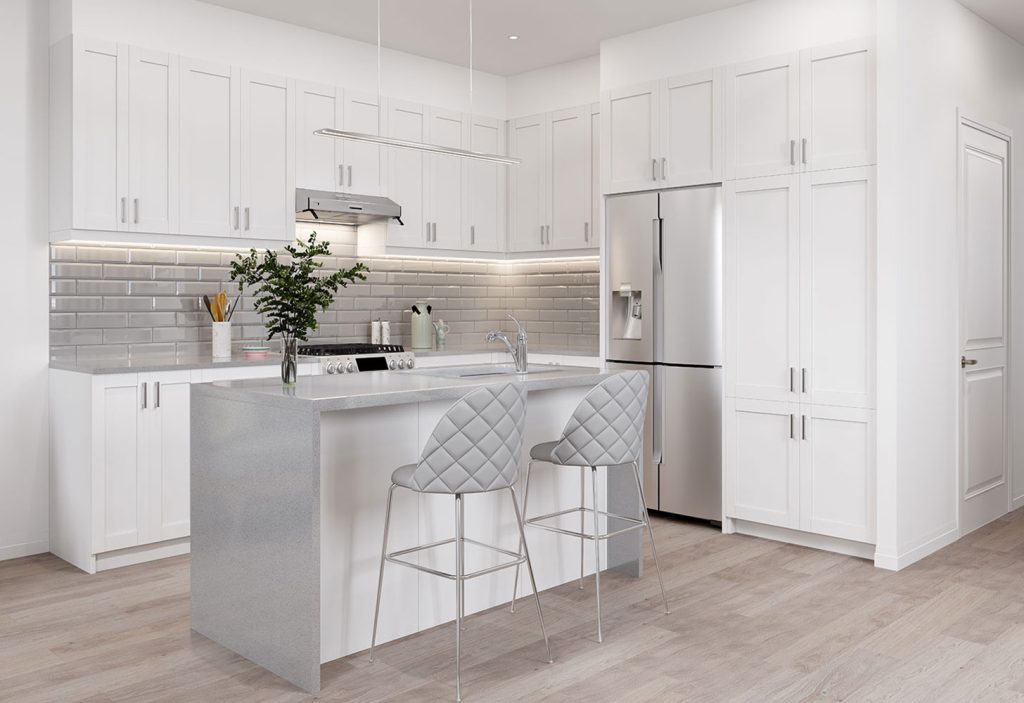
Lighting
Depending on where your lighting is placed, it should be:
- 30-36 inches from the top of a dining room table, or over a kitchen island
- 66-72 inches from the floor for sconces
- 7’ of clearance minimum for overhead lighting
Sofa & Coffee Table
For a three-seater sofa, the average size ranges from being 70″ to 87″ long. Your coffee table should sit approximately 16″ away from your seating area to allow for flow of traffic while still keeping items conveniently within reach.
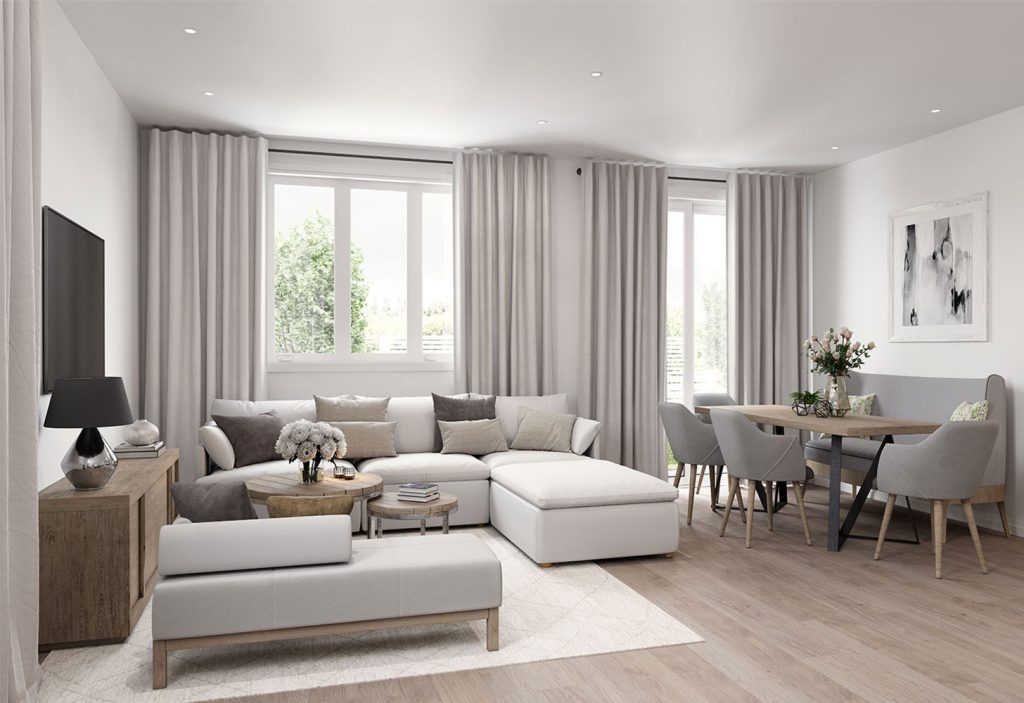
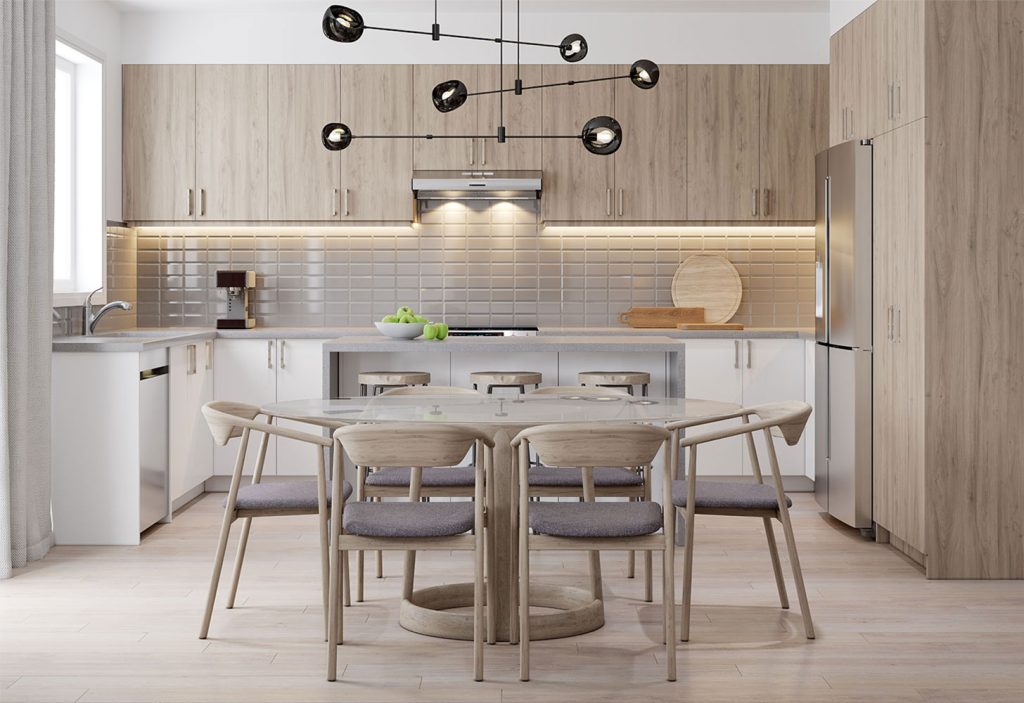
Dining Chairs
As a general rule, you should allow 18″ to 24″ for each person seated at your table, and approximately 40″ of clearance for passageway.
Area Rug
To help pull your space together, the front legs of your primary furniture pieces should sit atop your rug. Typical rug sizes for living rooms are 8’ x 10’ or 9’ x 12’.
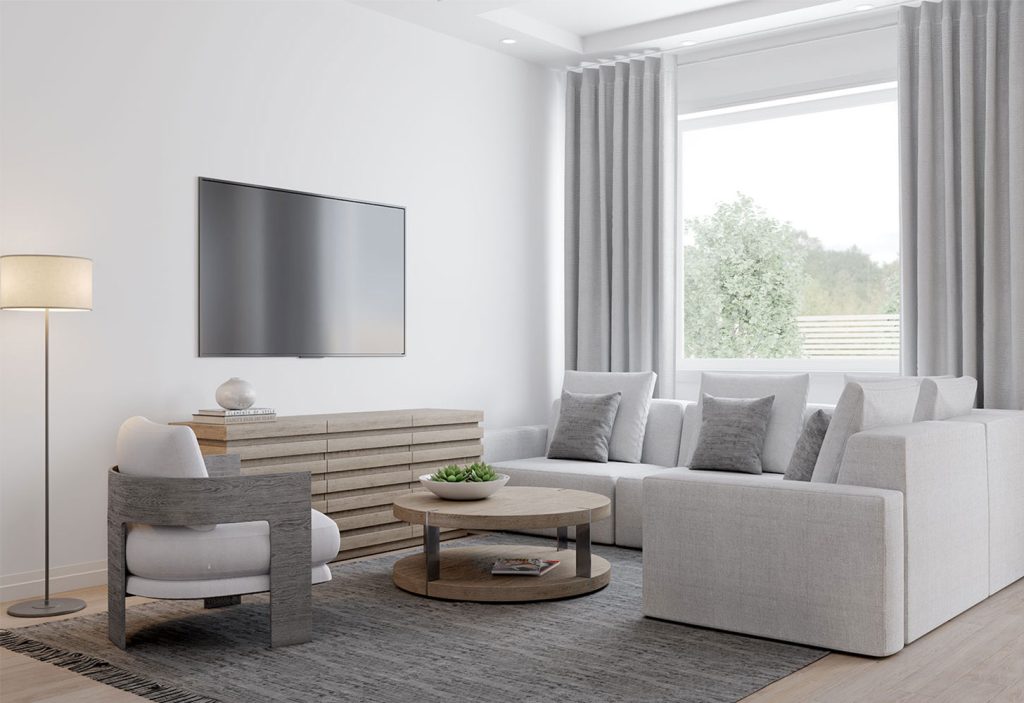
Want more interior design advice? We’ve got you covered. Visit our blog for helpful articles, including 3 of the Most Valuable New Home Upgrades, How to Budget for Your Design Plans and Small Changes You Can Make for a More Luxurious Kitchen and Primary Ensuite.

